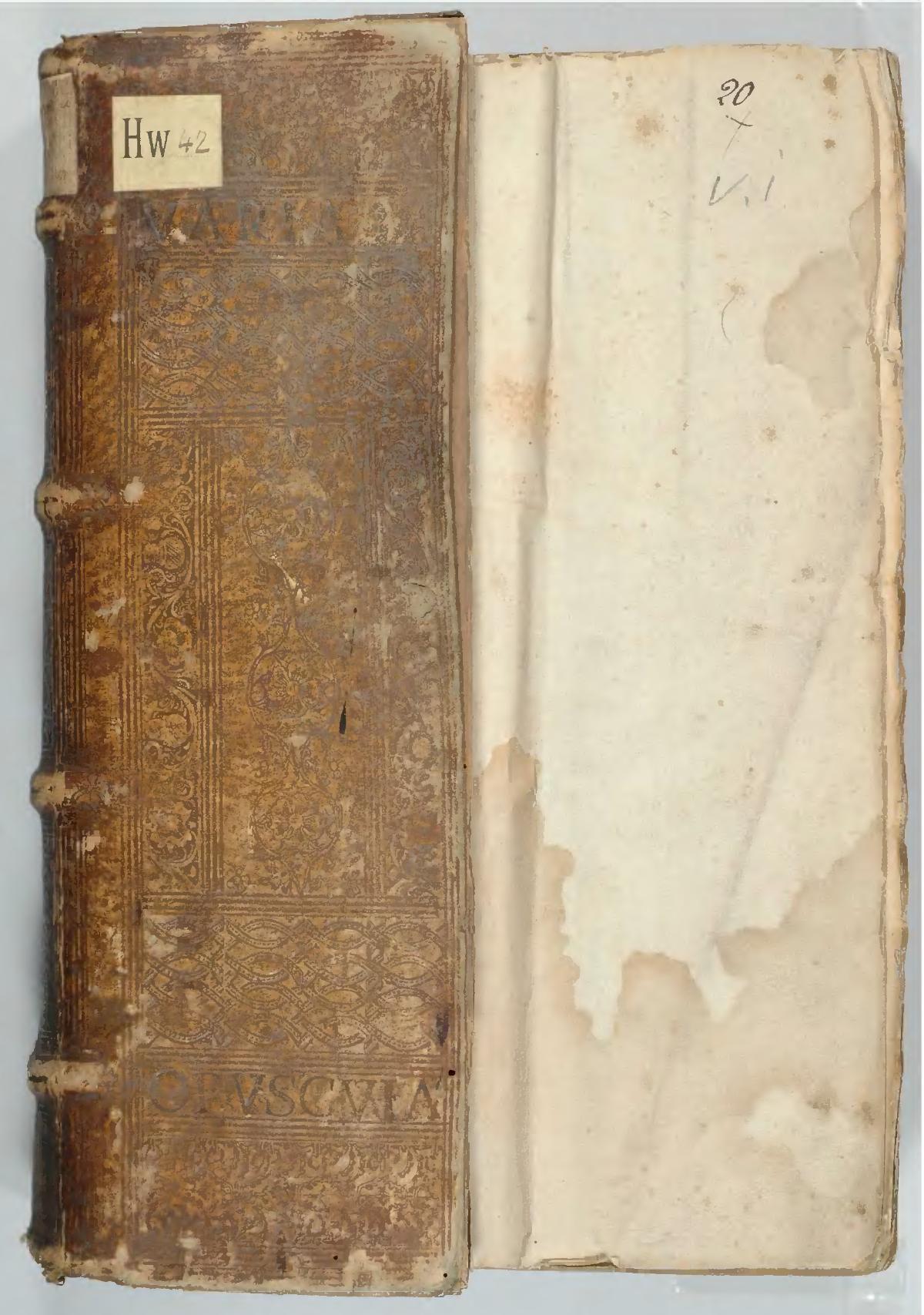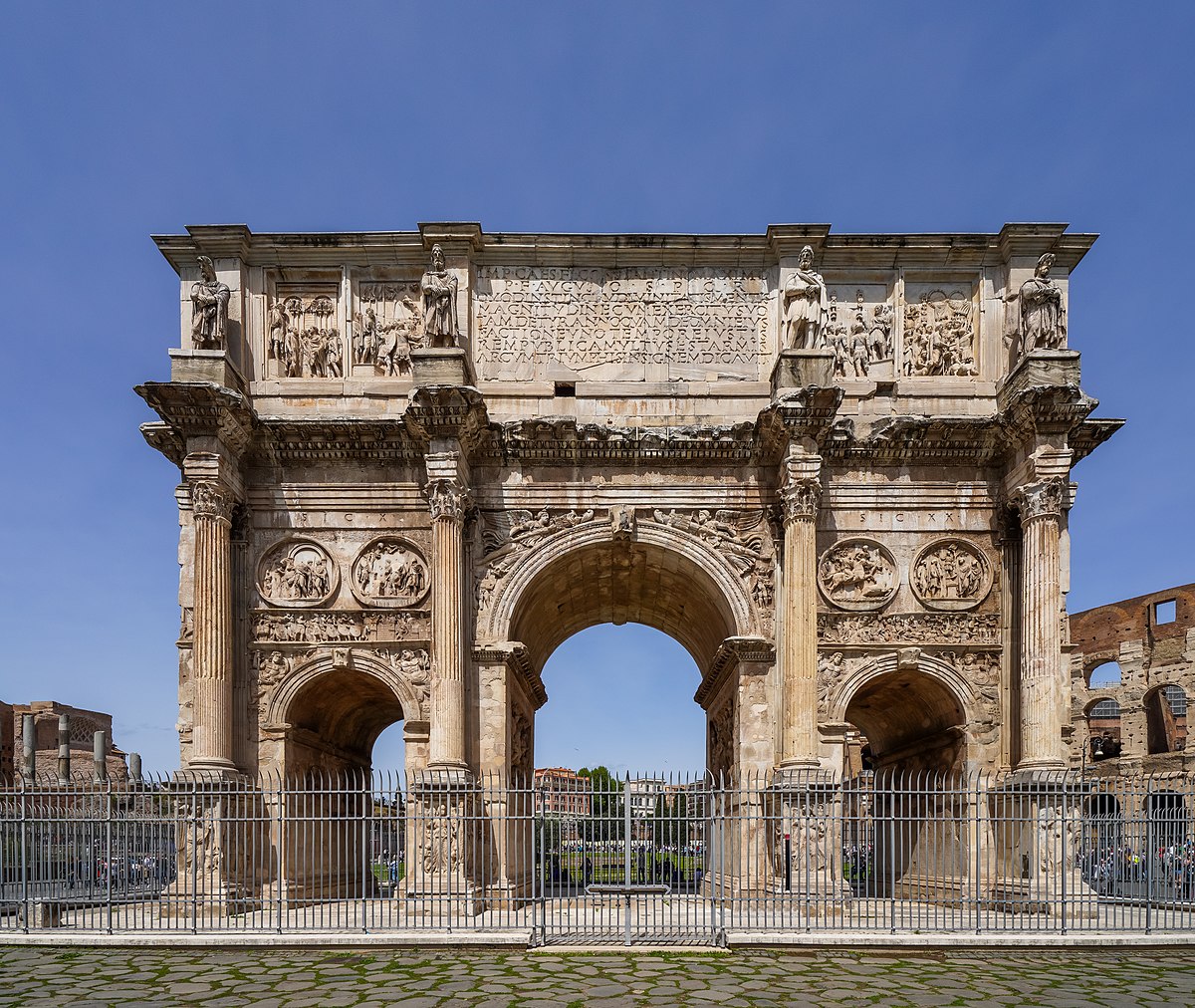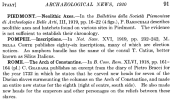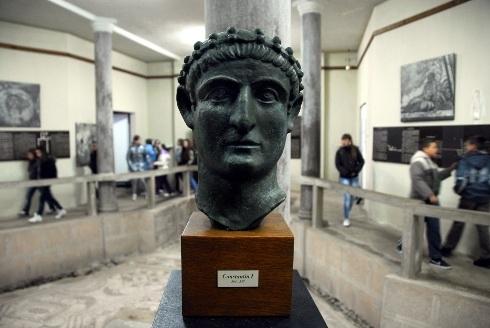If one begins to adjust the chronology, many other pieces may need readjustment too:

en.wikipedia.org
[...]
58 AD would then be before Vesuvius or the collapse of the Roman Empire.
For a forgery in history to pass 'unnoticed' for long, especially with modern scientific tools available at hand, forger(s) had to at least 'accommodate' astronomical records of the time and get help afterwards, like secret societies 'guarding' the secret and making sure it's not disclosed. An extreme type of 'accommodation' would be complete deletion of any astronomical record available, though maybe not the 'smartest' way to do it because things might end up like that most curious phenomenon that famous supernova SN 1054 was not recorded outside of East Asia.
Not only in Europe, but also Arabs don't have any mention about SN 1054 except a "work that cited an observation probably originated from Constantinople"!
How could that be possible, Arabic world had good astronomers, they observed SN 1006 that could be seen for 3 days (some European chronicles contain records of that 'new star' also) and then 50y later they have only 1 record "citing an observation from Constantinople" of a 'star' in the sky visible for 23 days during daytime?!
Study from 2007 'confirmed' 1054 AD as origin date for Crab Nebula (remains of SN 1054), but method of comparing photographs 17y apart still leaves some room for doubt regarding 100y (old) puzzle.
While the Crab Nebula's location in the sky agreed very well with the reported position of this bright new star, several studies of the expanding cloud of stellar debris unexpectedly indicated that it was expanding much too fast to be associated with a supernova explosion in 1054. Instead, these studies pointed later in time, toward an explosion date in the first half of the 12th century.
Here I'm sitting and thinking we're lacking an astronomical event in European historical records (and Arabic one too, to which I can only shake my head in disbelief) of great significance and instead we have religious event of kinda same order; instead of records of a death of a star in constellation Taurus, we have records of death of Christianity (religion in 'constellation Pisces') and the Great Schism.
In a supernova, explosion usually leaves beautiful stellar 'sarcophagus' behind it to mark the place of bombastic death of a star with knowledge of what happened for future generations. As time passes, site can change appearance and 'sarcophagus' can fade away from sight, but knowledge remains, although not necessarily always visible to bare eyes.
What about 'religious supernova', the Great Schism of 1054 AD that happened in Constantinople or more suitably called Carigrad (Slavic name for Constantinople; car = Tzar/Caesar; grad = city/town), what were its fruits? Suffering and bloodshed for the most part, especially for Slavic peoples who ended up divided between East and West. Shouldn't 'supernova event' produce "moral renewal" like said it happened with Charlemagne?
For Slavic peoples, there was 'an event' that smitten them like a religious supernova - brothers
St. Cyril and Methodius and their missionary journeys, which not only brought Christianity to Slavs, but altogether literacy in such a way that Cyril created special 'alphabet',
glagolitic script, which letters were in fact representing whole words (which had names and meaning) and numbers, apart from just sounds. Name "glagolitic" is derived from 4th letter
glagoli, meaning "speak/talk".
OK, so we have kind of contemporary "moral renewal" both on West (Charlemagne) and East (St. Brothers). Nevermind it's out of phase for some 2-3 centuries to our astronomical supernova (and the Great Schism) as recorded in official history.

I guess, if 'Constantine' was, back then, code for, or synonymous with, 'Charlemagne' - and that he actually ruled from northern Britain to Egypt (where such coins have been found). Otherwise, you have to posit tricksters going around leaving coins in the archaeological layers marked 'Flavius Valerius Constantinus'.
I was taken aback when found out that Cyril's real name was Constantine until 50 days before death in Rome 869 AD, so everybody knew him as Constantine, especially Slavic 'ordinary' people who were introduced to Christianity in their own native languages and learned to read and write through his missionary work.

The Glagolitic and Cyrillic alphabets are the oldest known Slavic alphabets, and were created by the two brothers and their students, to translate the Gospels and liturgical books into the Slavic languages. The early Glagolitic alphabet was used in Great Moravia between 863 (the arrival of Cyril and Methodius) and 885 (the expulsion of their students) for government and religious documents and books, and at the Great Moravian Academy (Veľkomoravské učilište) founded by Cyril, where followers of Cyril and Methodius were educated, by Methodius himself among others. The alphabet has been traditionally attributed to Cyril. That attribution has been confirmed explicitly by the papal letter Industriae tuae (880) approving the use of Old Church Slavonic, which says that the alphabet was "invented by Constantine the Philosopher". The term invention need not exclude the possibility of the brothers having made use of earlier letters, but implies only that before that time the Slavic languages had no distinct script of their own.
Methodius and Constantine were sons of highly ranked military officer and while Methodius became a monk rather early, leaving his birth name Mihael behind him, Constantine went as Byzantine diplomat to Samara (today Iraq, maybe Persia at the time?) first and then quit the service to retreat to monastery.
Heck, those are similarities shared among several Roman emperors around emperor Constantine's time and emperor Constantin himsel, and sort of a model for Diocletian's unheard of behavior in history too!

The name of the Byzantium city was Carigrad for Slavs since they appeared in 6th century AD in official history. It would probably stayed so until its end under Muslim boot and sword if not for Constantine/Cyril and his influence on people when city became known as Constantine's city, Constantinople. Written records can be altered and/or erased, but people remember and talk, that can't be erased so easily or maybe at all. Written word says he took name Cyril just before death when entering monastery, indicating nobody outside Church circles would have known about it, surely not people at the time who would still call him Constantine.
Then again, how come people know St. Brothers as Cyril and Methodius, if Cyril took his name 50 days before dying in Greek monastery when entering that same monastery in Rome? If Cyril really took his name in a manner described in official history, not one ordinary Slav at the time would have known whom we're speaking of when asked about Cyril.
And funny thing, very few people even know Cyril was originally named Constantine, we all on the Balkans now know them as Cyril and Methodius, St. Brothers.
If Constantine in reality took name Cyril long enough before dying to stick in people's ears, it means people would have known him by both names, coupling attributes of both Constantine and Cyril in one individual character.
Imagine, Constantine emperor who at first prosecuted Christians, maybe received Divine revelation and changed his colors embracing Christianity and becoming Cyril, now known among Slavs as St. Cyril.
Heck, this hypothetical guy could even be Diocletian and St. Paul in one person, and on top of it Charlemagne was said to be kind of that kind of a king/priest too!!



So, we could have emperor Constantine, Charlemagne and St. Cyril in one person. Now, now, now...
But, things got even more interesting.
Missionary journeys created circumstances leading to the Great Schism at the end and all the suffering that came with it, at least that's what official history tells us. When, less than century after St. Brothers according to official history,
bogumili popped up in the middle of those areas where St. Brothers were missionaries, amount of suffering and bloodshed associated with St. Brothers in official history increased many-fold.
The success of St. Brothers in their missionary work was attributed to relics of St. Clement (clemency of Caesar?) which they carried from Crimea all the way back to Rome to pope Hadrian where Constantine, weak in health and strength, retreated to Greek monastery, became Cyril and died 50 days later. At least that's what official version says, written shortly after death of both St. Brothers [
site only in Croatian].
On the other side, Crab Nebula plays a very important role in gamma astronomy today (maybe also radio?), standing for 'standard candle' to which all instruments are calibrated.
SN 1054 was visible for 21 month and then faded out, now our methods to 'see' its remainings/sarcophagus using other parts of e-m spectrum, radio on one end and gamma on the other, just happen to use SN 1054 as calibration source for their observations?

What did St. Brothers do/teach, especially Constantine, to ordinary people, Slavs in the Balkans specifically, that would require such a vast operation of rewriting history and consequently so huge cover-up including blinding us astronomically to that specific event in history? As if 2 years from astronomical history records at the time were erased, then a veil on our future 'eyes' was pulled over to an 'event' which official version wants us to believe was tearing of Christianity right through its middle/heart (image of a rose pierced by cross?).
Maybe the 'event' they want so desperately to hide and that they went to such extreme measures to erase it from history as to get the Arabs in the 'game', is exactly the 'event' missing from the records themselves, supernova? Erasing astronomical supernova from all available historical records at the time, do they themselves 'said' to us that religious/spiritual supernova in (history of) humanity already happened more or less a millennium ago and Millennial period is now over?
Maybe the idea behind forgery was to erase birth of a 'star' (St. Cyril and his missionary work) and replace it with death of 'star's' origin religion?
Anyway, does all this sound reasonable to you?

 en.wikipedia.org
en.wikipedia.org









